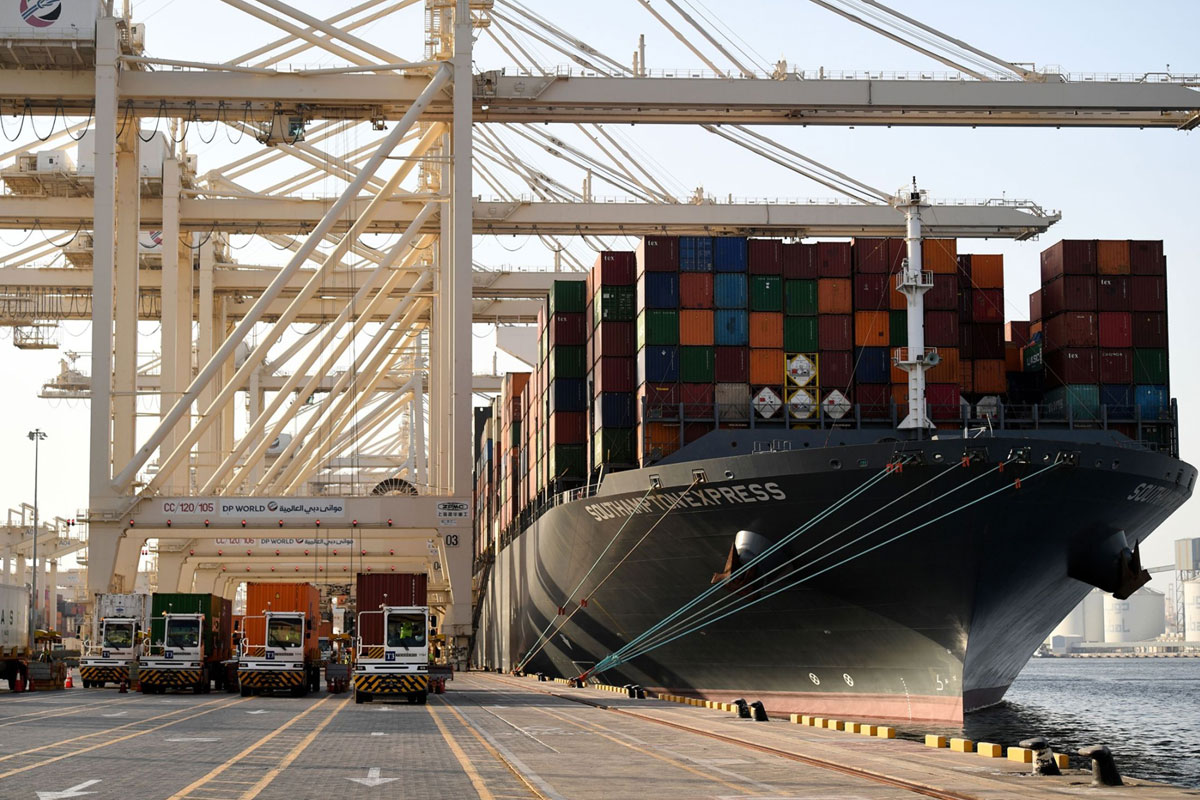UAE’s non-oil foreign trade in the first quarter of 2022 came close to $136 billion (AED 500 billion) for the first time in the country’s history.
The UAE recorded a 20.5 percent year-on-year growth in non-oil trade to AED 499.7 billion in the first three months of 2022, compared to AED 414.6 billion recorded in the same period of 2021.
According to the Federal Competitiveness and Statistics Centre, the UAE’s non-oil trade is also up 26.3 percent compared to the same period in 2019.
China leads the list of the top 10 countries trading with the UAE in Q1 2022, valued at AED 57 billion, followed by India with AED 46.2 billion, and Saudi Arabia with AED 32.5 billion.
Gold topped the list of leading commodities included in the UAE’s non-oil foreign trade, with a value of AED 84.4 billion and accounting for 17 percent of the country’s total non-oil foreign trade, according to state-run news agency, Wam.
The UAE’s non-oil foreign trade was also drive by diamonds with a value of AED 40 billion, telephone and communication devices with a value of AED37 billion, mineral oils with a value of AED 24.6 billion, ornaments and jewellery with a value of AED 21 billion, and cars with a value of AED 19.5 billion.
The recent India-UAE Comprehensive Economic Partnership Agreement (CEPA) also aims to further enhance economic cooperation, and access to markets and mutual investment opportunities.
The deal, signed earlier this year, aims to increase non-oil bilateral trade volume to $100 billion in the coming five years.
The agreement is part of the UAE’s plan to sign comprehensive economic partnership agreements (CEPAs) with major global partners. The UAE-India CEPA covers 11 service sectors and over 100 sub-sectors to stimulate flows between the two markets by eliminating custom tariffs on nearly 80 percent of goods.








